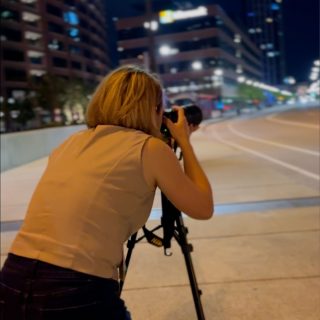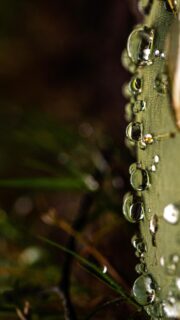Every aspect of life has its humble beginnings, including the fields of science and art. Photography, which I consider a form of art, follows this pattern, evolving over centuries alongside advancements in technology. In this article titled “A World History of Photography in Short,” I’ll explore a fascinating journey of this art form, from its inception to its modern-day innovations.
What is photography? It’s essentially painting with light. Dating back to ancient Greece, the word itself derives from “light” and “writing,” encapsulating the essence of this art form. Simply put, it’s the process of creating and preserving images using light-sensitive materials within a camera.

A world history of photography
The history of photography begins in 1826 when Joseph Nicéphore Niepce, a French inventor, astonished the world by capturing the first photograph in history. Using a “camera obscura,” he exposed a tin plate coated with Syrian asphalt for over 8 hours to sunlight, depicting a view from his workshop window.
Around the same time, Louis Jacques Mande Daguerre, another Frenchman, joined forces with Niepce to refine the process. By 1837, Daguerre succeeded in reducing exposure time to 30 minutes, introducing the daguerreotype method.
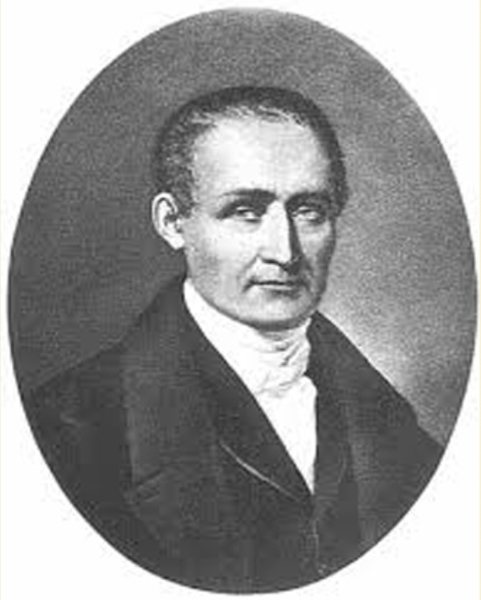
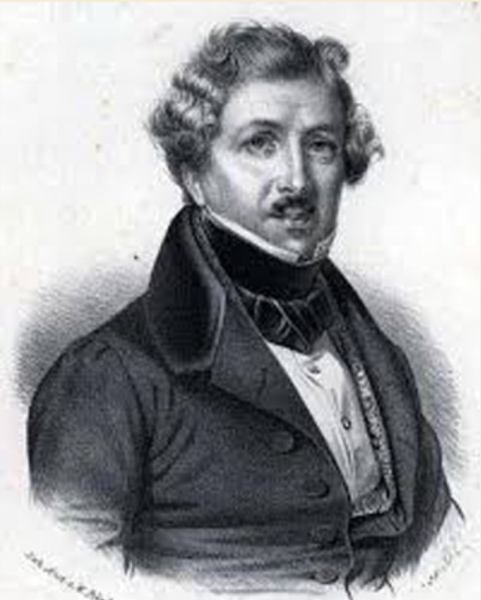
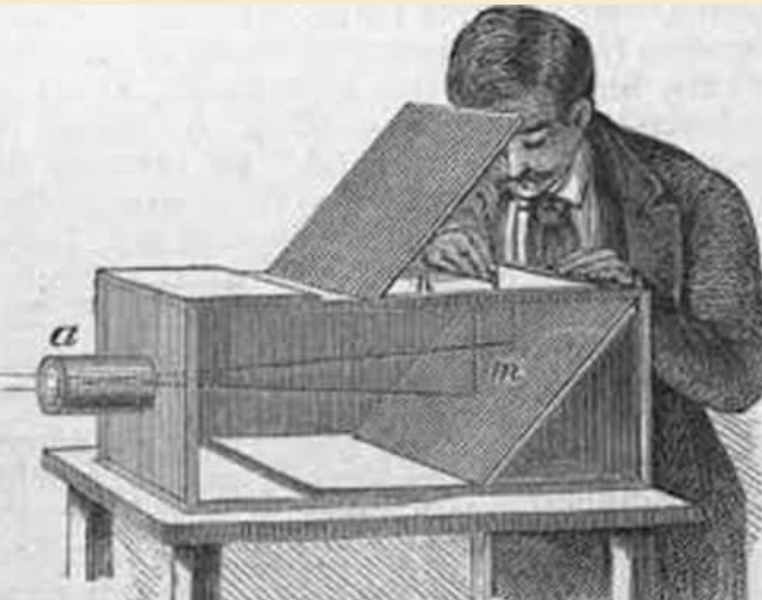

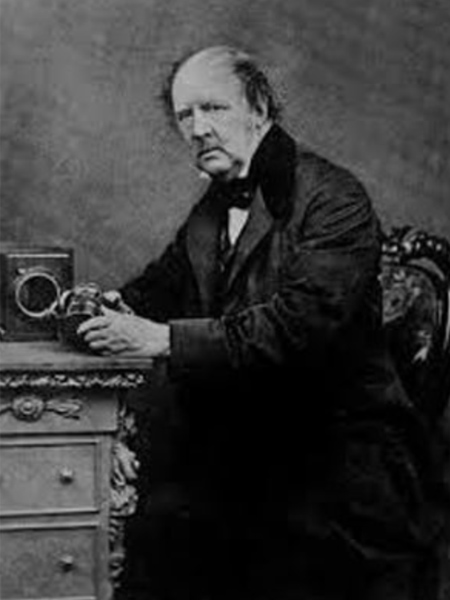
In addition to the French, an Englishman named William Fox Henry Talbot also worked on developing a way to capture stable images. Back in 1839, he came up with his own method called calotype (which later got known as talbotype). The big thing about this technique is how you prepare the special paper it uses.
In 1847, a new chapter in the history of photography began with Claude Félix Abel Niépce introducing glass negatives. This breakthrough allowed for clearer and more detailed images. Then, in 1851, an Englishman named Frederick Scott Archer came up with the wet collodion process, which quickly gained popularity due to its effectiveness. This process made photography more accessible to people, sparking widespread interest. Fast forward to 1854, when the term “ambrotype” was patented in America. Ambrotypes were basically a simpler version of the daguerreotype, making photography even more user-friendly and widespread.
First Color Photo
In 1861, the English physicist James Maxwell achieved something groundbreaking: he captured the world’s first color photo. He did this by taking three separate photos of the same thing, each using a different color filter (red, blue, and green). This paved the way for color photography as we know it today.
The widespread use of color photography became feasible thanks to Adolf Miethe. He came up with sensitizers that made photographic plates more responsive to different parts of the spectrum, allowing for more vibrant and accurate colors in photos.
Another big step forward in color photography came from Sergei Prokudin-Gorsky. He developed technologies that helped reduce the time needed to take a photo, making the process more efficient and practical for photographers.

Then, in 1876, W. Driffield and F. Harter (England), started looking into how long you need to leave film exposed to light to get a good picture. They wanted to figure out how much silver you needed in the film.
By 1879, a guy named J. Swan in England started making special paper for photos using gelatin and silver halide. This paper became super important for making photos and is still used today.
Beginning of photography with KODAK
Now, let’s talk about George Eastman. He was an American banker who visited England in 1880 and got inspired. When he came back home, he started his own company in America called the Eastman Dry Record Company. Later on, in 1888, he changed the name to KODAK Company. That same summer, they released their first camera. And that’s how Kodak, one of the biggest names in photography, got started..
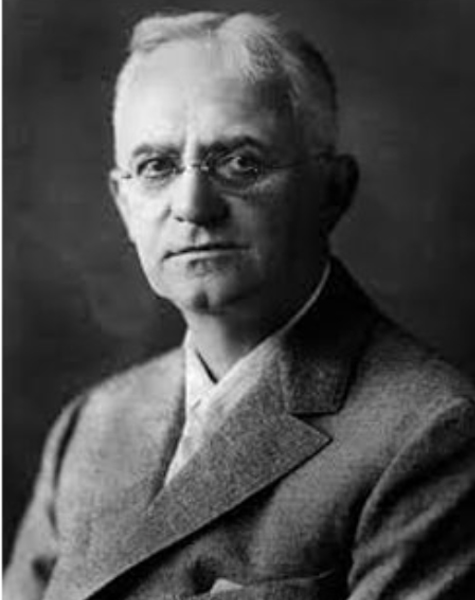
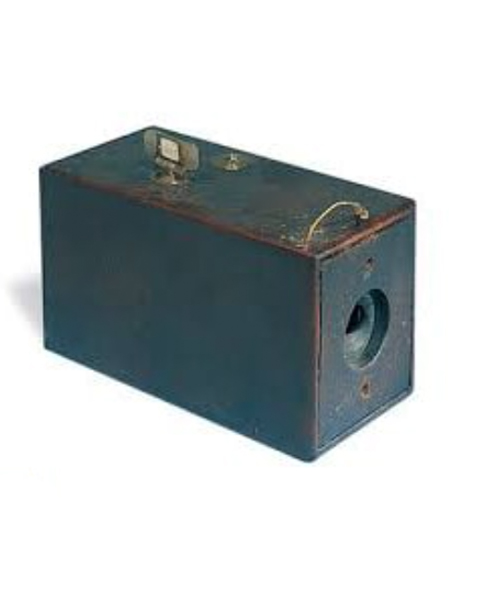

In 1869, Eadweard James Muybridge came up with one of the first camera shutters, which he used to snap shots of horses. He also developed his own way of taking pictures. By 1881, his horse photos had made him famous worldwide.
Moving forward, in 1884, D. Eastman got a patent for roller film that was attached to paper, making it easier to use in cameras. Then, in 1888, D. Eastman got another patent for a portable camera that used this roller film. And in 1889, they started making lots of this film for everyone to use.
Photo History and Leica Camera
In 1911, Oskar Barnack started working for a German company called Leitz, and he played a big part in making photography better. Because of his work and research, in 1925, a new kind of small camera called Leica I (named after Leitz and Camera) hit the market. It used regular film.
That same year, P. Wierkotter got the rights to the first flash lamp he invented. And in 1931, G. Edgerton made the world’s first electronic photo flash, which replaced the old flash lamp.
In 1932, the world’s first small-format rangefinder camera, Leica II, became publicly available.

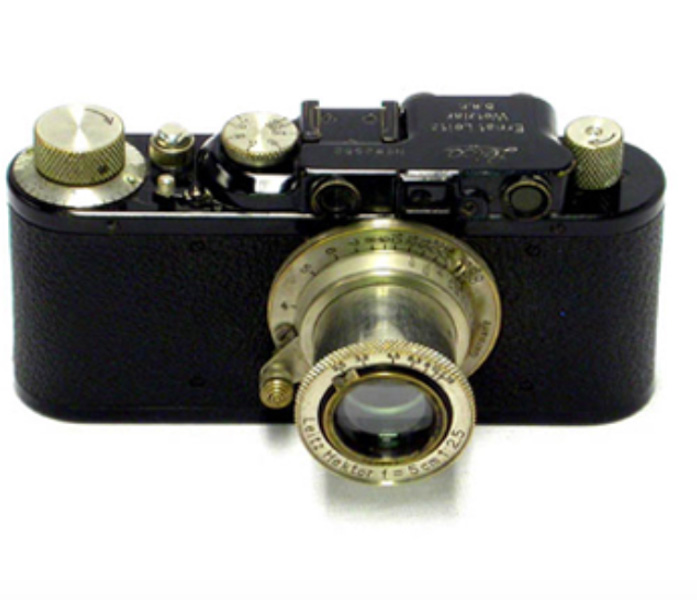
Around the 1930s, color photography started becoming more common, mostly because of Kodak. Their introduction of Kodachrome color reversible film marked a significant milestone in the field.
In 1942, Kodak further revolutionized photography with the release of Kodacolor film, which quickly gained popularity among both amateur and professional photographers.
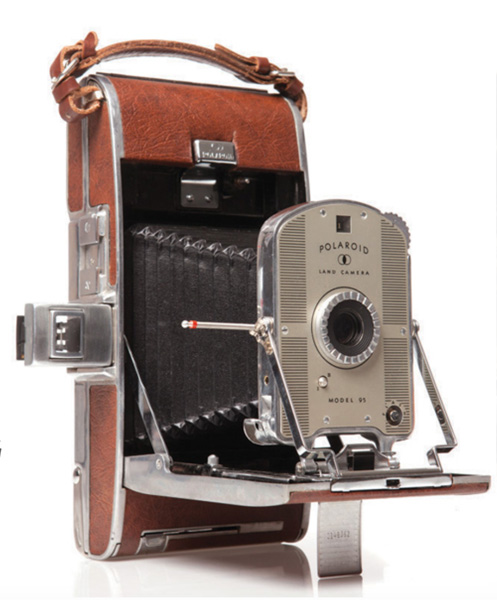
In 1948, Polaroid made a substantial advancement with the introduction of the Polaroid Land 95 camera. This innovation marked the beginning of the new chapter in the history of photography – the era of instant photography, allowing users to capture and view images immediately, representing a significant breakthrough in the field.
In 1975, Kodak engineer Stephen Sassoon developed and introduced the first digital camera to the public. The matrix in this camera had a resolution of 0.1 mega pixels.
The growing public interest in photography demanded a more convenient model and greater production volume, and in 1988, FUJI introduced a truly portable digital camera model, the FUJI DS – 1P.
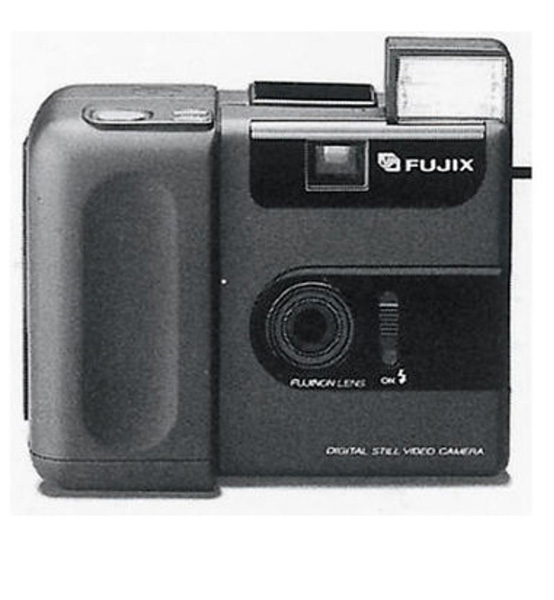
Nowadays, when even mobile phones have built-in cameras that can take fairly good photographs, it can be difficult to imagine that people once spent enormous amounts of time taking just one photo.
The inevitable outcome of the development of photography was its transformation into genuine art. And personally, I am infinitely glad that now there are more opportunities to create truly artistic, expressive photographs.
More interesting facts about photography:
- Louis Dugger took the first photograph of a person in 1838.
- Robert Cornelius took the first self-portrait in 1839.
- Gaspard Tournache captured Paris’s first aerial photograph in 1858.
- William Thompson took the inaugural underwater photograph in 1856.
- Professor John William Draper photographed the Moon successfully in 1840.
- The first color photograph of Earth was taken in 1972, showcasing our beautiful planet in all its glory.
From its humble beginnings to today’s digital marvels, photography has transcended mere documentation, becoming a powerful means of artistic expression for all to enjoy.



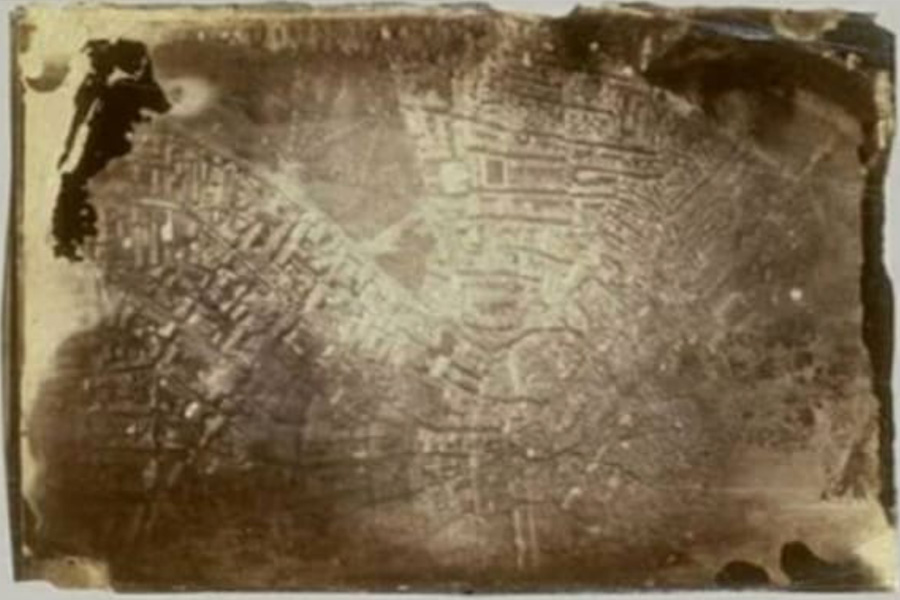

Stay inspired,
Elena Sullivan
Sharing is caring
Elena
Hi, there! I'm Elena Sullivan! The founder of the ArsVie photo studio, trilingual photographer, online educator, woman in business cheerleader. Capturing life's moments with authenticity and elegance to inspire others. Passionate about helping businesses convey their message through compelling imagery.

